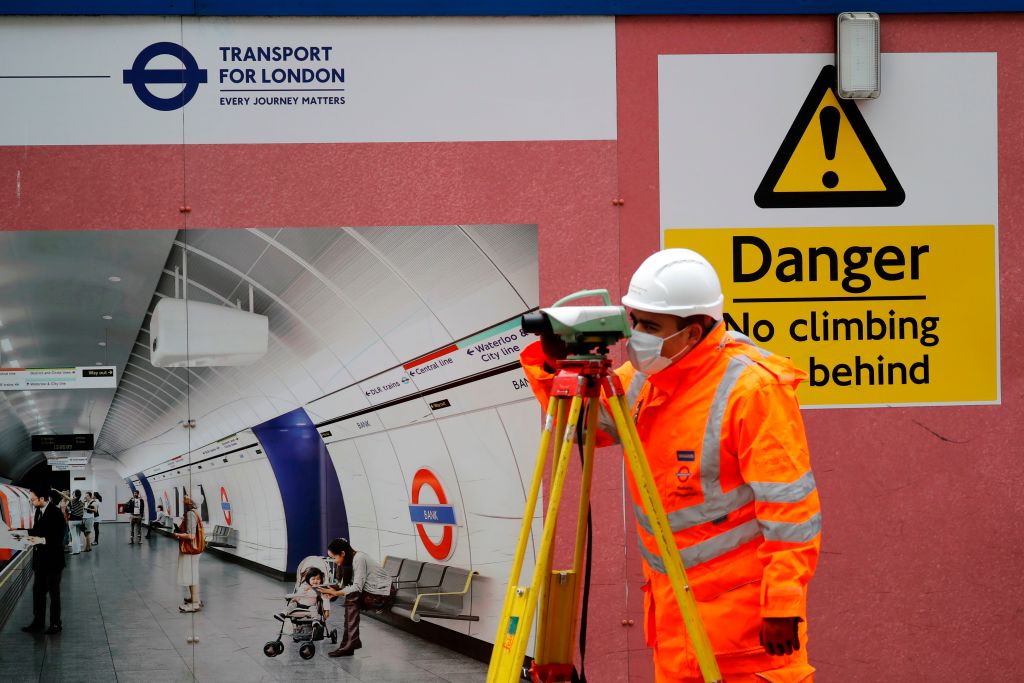The growth of COVID cases in Britain is now slowing according to Professor Neil Ferguson, who is emerging as the de facto chief strategist of the government response to the crisis. No government data has been issued to confirm this trend but Ferguson has access to other real-time data through SAGE, the medical emergency committee. His words are worth following carefully. He told BBC Radio 4’s Today program this morning:
‘In the UK we can see some early signs of slowing in some indicators. Less so deaths, because deaths are lagged by a long time from when measures come in force. But if we look at the numbers of new hospital admissions, that does appear to be slowing down a little bit now. It has not yet plateaued, so still the numbers can be increasing each day, but the rate of that increase has slowed.’
This is quite significant, suggesting Britain is further along the epidemic curve than some had feared and that it might peak earlier than expected — given the 10-day time lag between infections and death. It also squares with what James Forsyth revealed over the weekend: that the government thinks the virus caseload will peak in early April, rather than May as they had earlier thought. It’s unclear whether this is bad news (that they have not managed to ‘flatten the curve’ as much as they’d hoped, meaning more deaths but a shorter duration) or whether the Imperial College London group, which Ferguson chairs, now thinks the virus might not be as lethal as first imagined.
Every word from Ferguson needs to be followed right now. There are very few pieces of this picture, very few points of data. In his interviews, he can drop in pieces of hugely important information. His original study, which promoted the government lockdown, said that this virus could take 500,000 British lives: more than every other disease in Britain put together. But 500,000 was the top of a large range, the lower point was 7,000. When giving evidence in parliament last week, he said social distancing means he’s now looking at fewer than 20,000 COVID deaths, two-thirds of which would have happened anyway. This suggests his rock-bottom net death figure of about 7,000, below other conditions like influenza (which typically takes 17,000 British lives a year).
Ferguson’s model seeks to estimate a great many things: how contagious the virus is and, crucially, how many people it is likely to hospitalize. As data comes in, we should have a clearer picture. If hospitalizations rates are slowing, it could be a blip — or a sign that Britain might be closer to turning the corner than we had feared.
This article was originally published on The Spectator’s UK website.


















